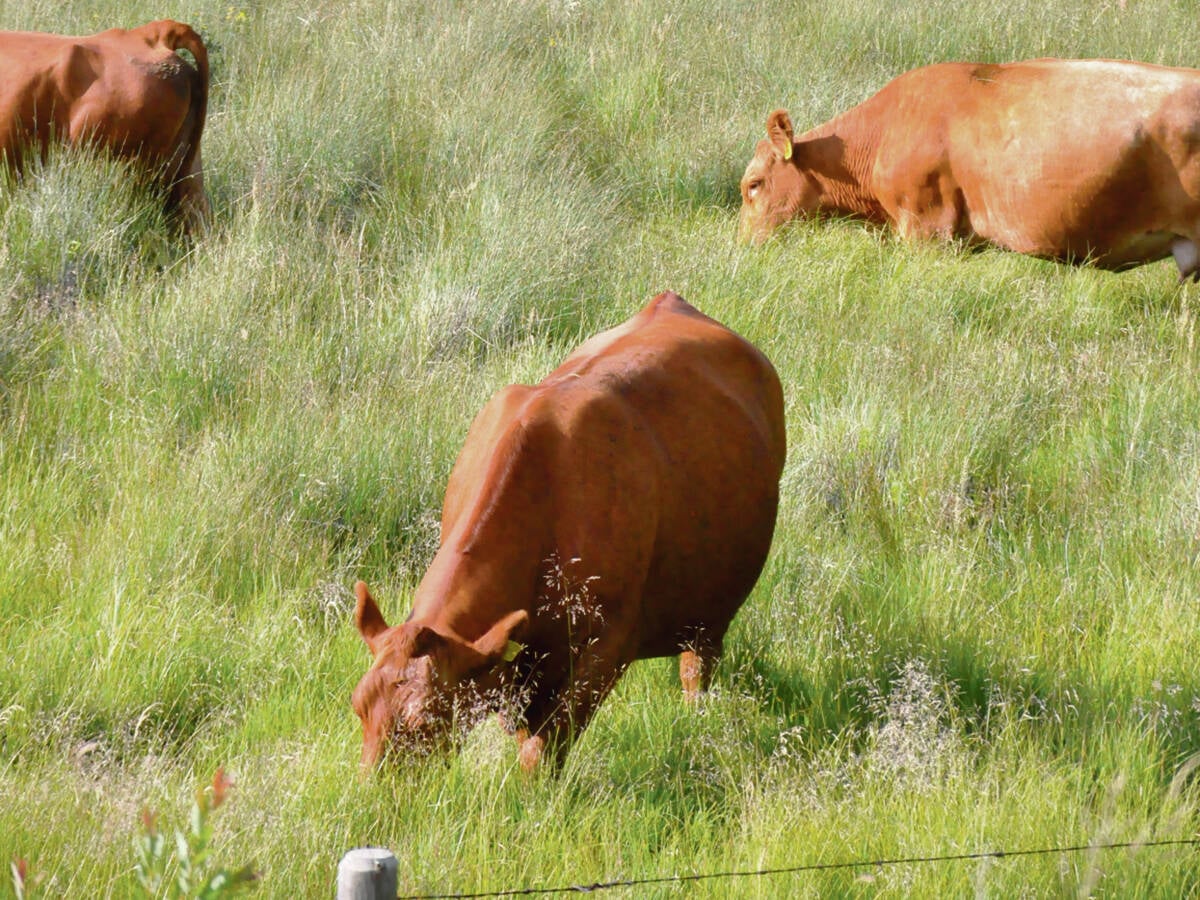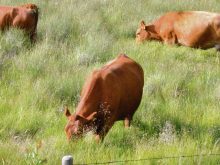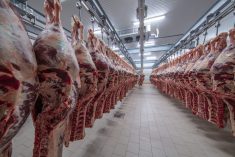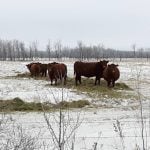A decade after BSE rocked the Canadian cattle industry, two University of Alberta scientists and their Swiss colleagues have taken a major step towards finding a way to block prion infection which leads to BSE and scrapie.
“My lab contributed how the antibodies interact with the various parts of the prion molecule,” said biochemistry professor Michael James, who led one of the teams in the three-year project. His team, and a team led by another University of Alberta professor and protein chemist, Nat Kav, were joined by biologists at the Institute of Neuropathology in Zurich.
Read Also

No new traceability regulations implemented says Canadian Cattle Association
The national and provincial cattle organizations recently took to social media to reassure producers concerned about proposed traceability regulations.
James’ research team used X-ray crystallography to determine a three-dimensional structure of the prion and identify a site where antibodies could bind to the prion molecule. It’s a key step forward, he said.
“We hope to design a chemical compound that would bind to some part of the prion molecule to prevent the conversion of the normal form of the protein to the disease-causing form,” said James.
“We already know from work that other people have done that there are some small molecules that bind to the prion and prevent the conversion of the normal cell of the prion into the infectious form, the so-called scrapie form.
“What we’re doing now is looking at the structure of the prion molecule, to see exactly where these molecules bind to the prion, hopefully to design better-binding molecules that will prevent the conversion of the normal cellular form to the infectious form.”
Kav and his team used molecular biology to produce smaller versions of the antibodies used by James. Prions are unusual infectious agents because they are made by normal cells. Their normal function seems to be involved in binding copper in the body.
“When prions go wrong, it’s very interesting because nothing changes in the molecule except the way it folds up,” said James.
These types of molecules are also found in Parkinson’s, Huntington’s and other protein-folding diseases. If researchers learn how to stop a normal prion from turning infectious, it would be a huge benefit to humans and the livestock industry.
“We could perhaps have an additive to a feed for cattle that would prevent those cows from ever developing BSE, for example,” said James. “That’s another possible spinoff that we could see, further down the road.”
Results of the study were published in the science journal, Nature.
— Alexis Kienlen is a reporter for Alberta Farmer in Edmonton. A version of this article appeared in the Aug. 29, 2013 edition of the Manitoba Co-operator.














